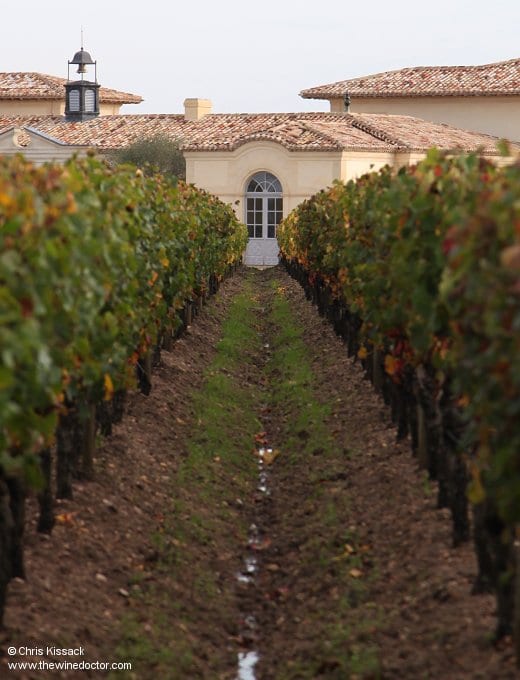Bordeaux Wine Guide: Merlot
This variety, the name of which is said to be derived from merlau, the French name for the blackbird, thanks to its affinity for its berries, finds fame as the principal variety of the right bank. It is the mainstay of not only the communes of Pomerol and St Emilion, but also the less-renowned Castillon, Fronsac and Canon-Fronsac. Here the blended variety is classically Cabernet Franc rather than Cabernet Sauvignon, although both can be found. On the gravelly soils of Pessac-Léognan and Graves Merlot can also come to dominate, or at least play a much larger role than it does in the Haut-Médoc and associated communes, where it often plays only a small part. Nevertheless Merlot rules almost everywhere else. In part this is because the variety is more suited to heavier clay soils, like those found around St Emilion and also the northern Médoc. It also ripens earlier, making for a potentially less stressful harvest than for the later-ripening Cabernet Sauvignon. And it also brings flesh and a supple weight to the eventual wine; thus it perhaps engenders a style more in keeping with that desired by modern-day consumers, who might not want to wait the one or two decades required before the classic left bank Cabernet-dominated wines are ready to drink.
The Wines
Because of these attributes Merlot is today the most widely planted variety in Bordeaux, accounting for 63% of the red vines. It would be wrong, however, to think of Merlot as nothing more than an easy-to-harvest and easy-to-drink variety that does nothing more than make a fleetingly pleasant and fleshy beverage. The most expensive and desirable wines of Bordeaux – the right bank trio of Château Ausone, Petrus (pictured) and Le Pin – all feature this variety, Le Pin in isolation, Petrus too, although at Château Ausone it is admittedly not usually the most significant part of the blend.

Please log in to continue reading:
